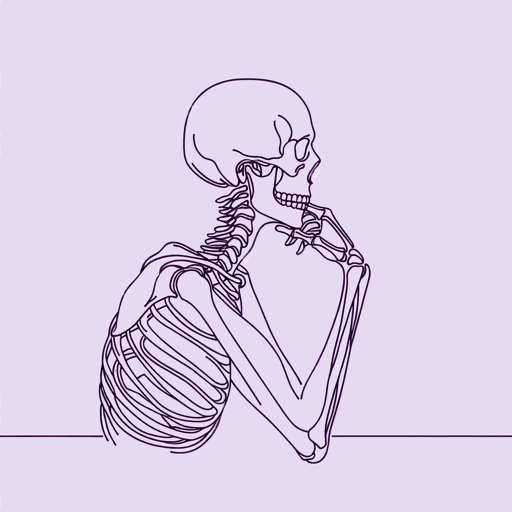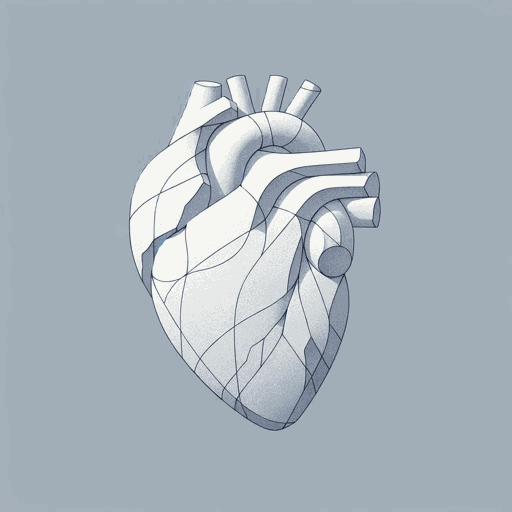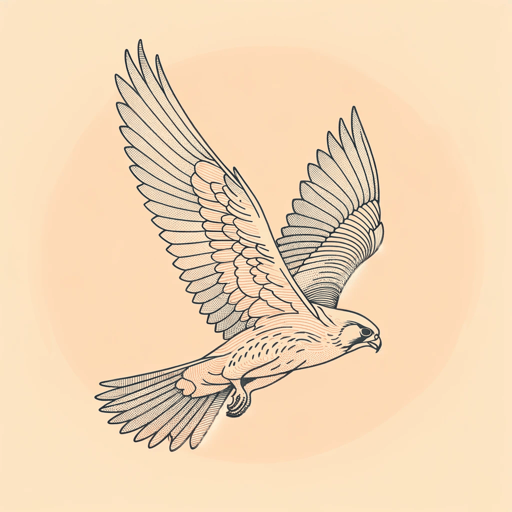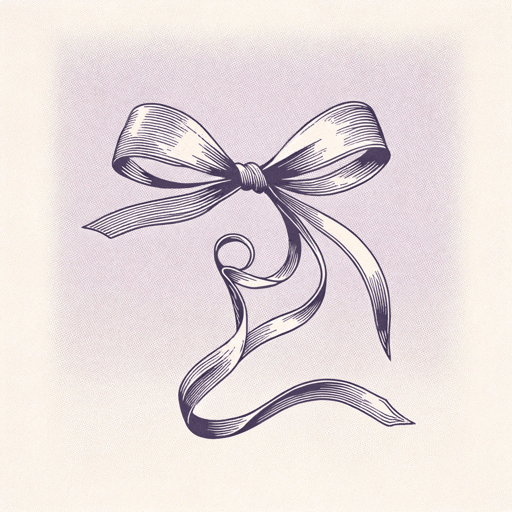19 pages • 38 minutes read
William Butler YeatsNo Second Troy
Fiction | Poem | Adult | Published in 1916A modern alternative to SparkNotes and CliffsNotes, SuperSummary offers high-quality Study Guides with detailed chapter summaries and analysis of major themes, characters, and more.
Literary Devices
Form and Meter
“No Second Troy” follows a strict form reminiscent of the speaker’s beloved’s “high and solitary and most stern” (Line 10) mind. The poem consists of 12 lines of iambic pentameter. Most lines, such as “[w]hy should I blame her that she filled my days” (Line 1) have significant trochaic and spondaic substitutions. In the case of the first line, the spondee (double emphasis) on the fourth foot, “she filled” (Line 1), reflects the speaker’s feeling of fullness. Other lines, such as “[w]ith beauty like a tightened bow, a kind” (Line 8), use perfect iambic pentameter (or five feet of unstressed followed by stressed syllables) to represent the beloved’s rigid tension.
Each succession of four lines in the poem follows an ABAB alternate rhyme scheme, making the whole poem ABABCDCDEFEF. This rigid form is similar to that of a sonnet—which fits the poem’s searching tone and emphasis on an unobtainable beloved—but denies the sonnet form by only being 12 lines and not having a volta, a turn of thought or argument in the poem. The poem also deviates from conventional forms by extending its clauses beyond each rhyming section. Typically, each set of alternating rhymes should end at a completed clause.
Related Titles
By William Butler Yeats

Among School Children
William Butler Yeats

A Prayer for My Daughter
William Butler Yeats

A Vision: An Explanation of Life Founded upon the Writings of Giraldus and upon Certain Doctrines Attributed to Kusta Ben Luka
William Butler Yeats

Cathleen Ni Houlihan
William Butler Yeats

Crazy Jane Talks with the Bishop
William Butler Yeats

Death
William Butler Yeats

Easter, 1916
William Butler Yeats

Leda and the Swan
William Butler Yeats

Sailing to Byzantium
William Butler Yeats

The Lake Isle of Innisfree
William Butler Yeats

The Second Coming
William Butler Yeats

When You Are Old
William Butler Yeats

